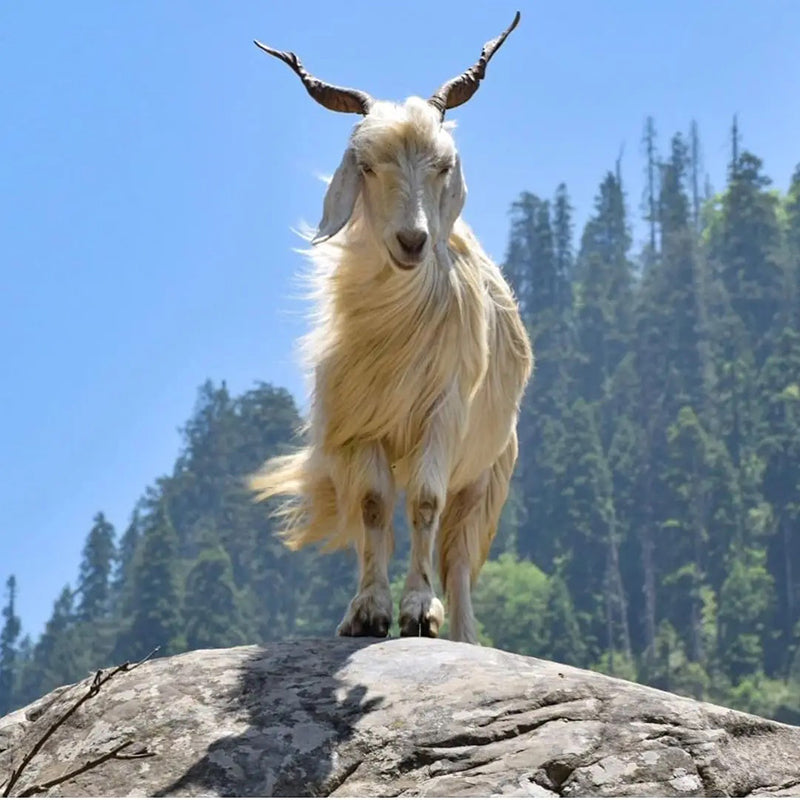Revolutionizing Tradition: The Advent of Machine-Made Pashmina
In the realm of textile innovation, a groundbreaking development has emerged, challenging the traditional methods of crafting pashmina. Introducing the new era of machine-made pashmina, a revolutionary approach that marries cutting-edge technology with the timeless allure of this noble fiber.
For centuries, the production of pashmina has been steeped in tradition, relying on skilled artisans to painstakingly handcraft each piece using age-old techniques passed down through generations. However, with advancements in textile machinery and manufacturing processes, a new chapter in the story of pashmina has begun.
The introduction of machine-made pashmina brings with it a host of benefits, ranging from increased efficiency and consistency to expanded accessibility and affordability. By harnessing the power of modern technology, manufacturers can produce pashmina garments and accessories at a faster pace without compromising on quality.
One of the key advantages of machine-made pashmina is its ability to replicate the softness and warmth of traditional handcrafted pashmina. Advanced weaving techniques and state-of-the-art equipment ensure that the finished products maintain the luxurious feel and insulating properties that have made pashmina synonymous with comfort and elegance.
Furthermore, machine-made pashmina opens up new possibilities for innovation and creativity in design. Manufacturers can experiment with a wide range of patterns, colors, and textures, offering consumers a diverse array of options to suit their individual tastes and preferences.
While some purists may lament the departure from traditional craftsmanship, machine-made pashmina represents a natural evolution in the textile industry. By embracing technology, manufacturers can meet the growing demand for pashmina products while preserving the essence and allure of this cherished fiber.
Of course, the transition to machine-made pashmina is not without its challenges. Critics argue that it may detract from the authenticity and artisanal craftsmanship that define traditional pashmina. However, proponents argue that it presents an opportunity to democratize access to pashmina, making it more accessible to a broader audience.
Ultimately, whether crafted by hand or machine, pashmina remains a symbol of luxury, elegance, and sophistication. The advent of machine-made pashmina represents a convergence of tradition and innovation, bridging the gap between the past and the future while ensuring that this timeless fiber continues to captivate and inspire for generations to come.
News

